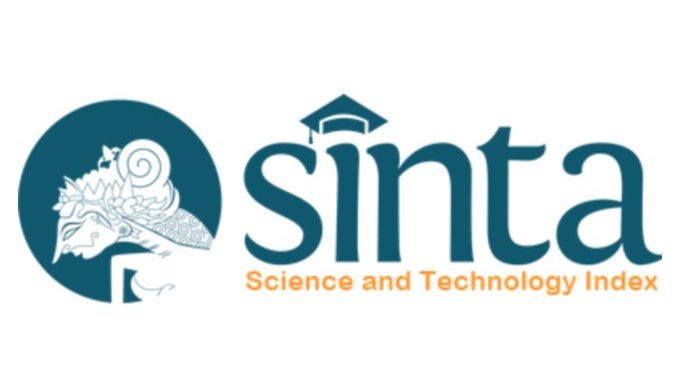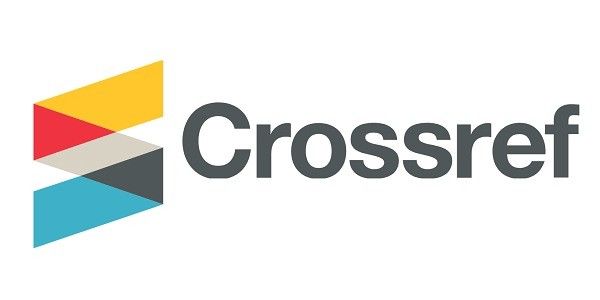Clindamycin 0.025% and Tretinoin 0.005% Cream for Infantile Acne Vulgaris
DOI:
https://doi.org/10.55175/cdk.v46i4.482Kata Kunci:
Infantile acne vulgarisAbstrak
Acne vulgaris is an inflammatory disease of pilosebaceous unit marked by the presence of comedones, papules, pustules, nodules, and cysts. A boy aged 4 years old was reported of having red spots on his cheeks since the age of 1 month old. Erythematous papules and pustules with white heads were found in the facial area. Infantile acne diagnosis was considered. Combination of clindamycin 0.025% and tretinoin 0.005% cream was given to accelerate healing process and to prevent complications such as post-inflammatory hyperpigmentation. The patient’s condition was considerably better after 1 month.
Acne vulgaris merupakan inflamasi kelenjar pilosebasea yang ditandai dengan komedon, papula, pustula, nodula, dan kista. Dilaporkan kasus anak laki-laki usia 4 tahun mempunyai bintik kemerahan di pipi sejak usia 1 bulan. Dijumpai papula dan pustula eritematous dengan white heads di wajah, didiagnosis sebagai infantile acne. Diberikan krim kombinasi clindamycin 0,025% and tretinoin 0,005% untuk terapi dan mencegah komplikasi hiperpigmentasi. Keadaan pasien lebih baik setelah terapi 1 bulan.
Unduhan
Referensi
Bajaj DR DBSS. Infantile acne: A clinical and therapeutic study of 12 patients. World Appl Sci J. 2012;20(10):1328-31.
Sitohang IBS, Wasitaatnadja SM. Akne vulgaris. In: Menaldi SLS, Bramono K, Indriatmi W, eds. Ilmu penyakit kulit dan kelamin 7th ed. Jakarta: Badan Penerbit Fakultas Kedokteran Universitas Indonesia; 2015.p.288-92.
Jain AK, Morgaonkar M. Acne in childhood: Clinical presentation, evaluation and treatment. Indian J Paed Dermatol. 2015;16(1):1-4.
Mancini AJ, Baldwin HE, Eichenfield LF. Acne life cycle: The spectrum of pediatrics disease. Pediatr Acne Management Optimizing Outcome. 2011;30:4-6.
Krishnan K. Infantile acne. Indian J Dermatol Venereol Leprol. 2000;66(5):272-3.
Friedlander SF, Baldwin HE, Mancini AJ. The acne continuuum: An age-based approach to therapy. Pediatr Acne Management Optimizing Outcome. 2011;30:7-11.
Herane MI, Ando I. Acne in infancy and acne genetics. Dermatology 2003;206:24-8
Eichenfield LF, Krakowski AC, Piggottt C, Del Rosso J, Baldwin H, Friedlander SF, et al. Evidence-based recommendations for the diagnosis and treatment of pediatric acne. Pediatrics. 2013;131(3):163-86.
Serna-Tamayo C, Janniger CK, Micali G. Neonatal and infantile acne vulgaris: An update. Cutis. 2014;94(1):13-6
Miller IM, Echeverria B, Torrelo A, Jemec GB. Infantile acne treated with oral isotretionin. Pediatric Dermatology 2013;30(5):513-8.
Léauté-Labrèze C, Gautier C, Labbé L, Taleb A. Infantile acne and isotretinoin. Annales de dermatologie et de vénéréologie. 1998;125(2):132-4.
Ravenscroft J. Evidence based update on the management acne. Arch Dis Child Educ Pract. 2005;90:98-101.
Unduhan
Diterbitkan
Cara Mengutip
Terbitan
Bagian
Lisensi
Hak Cipta (c) 2019 https://creativecommons.org/licenses/by-nc/4.0/

Artikel ini berlisensi Creative Commons Attribution-NonCommercial 4.0 International License.





















